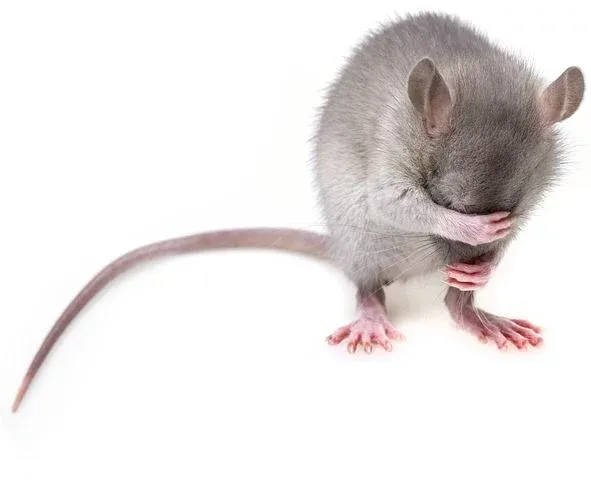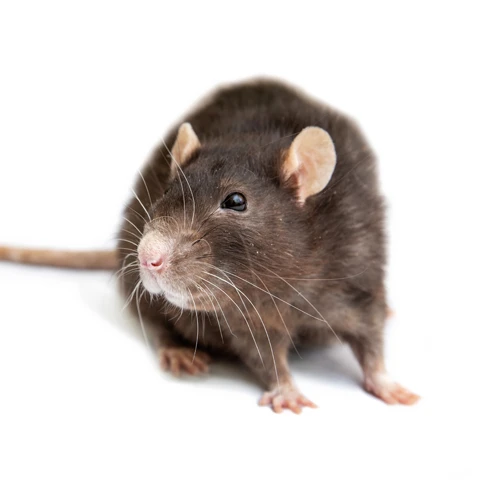Rodents make up about 40% of all mammal species, which equates to 1,500 different types of animals. This class of creatures includes rats, mice, beavers, porcupines, squirrels, guinea pigs, gophers, and hamsters.

About Rats
Rats are believed to have been on earth for more than 50 million years. They live on all continents except Antarctica and are distinguished by their incisor teeth, which continue to grow throughout their lifetime.
What do rats look like?
Rats range in size from a few inches to many feet and from one ounce to 150 pounds, depending on species. Their unifying feature is their teeth: sharp, curved incisors that are optimized for gnawing and chewing. These incisors never stop growing, so rats must continuously find ways to wear them down. Rats are capable of six bites each second, and they can gnaw through concrete and metal. In general, rats have highly-developed senses of vision, smell, and hearing. Some also have whiskers that are used to enhance their ability to feel their surroundings.
Common rats have a maximum lifespan of 5 years, while marmots, chinchillas, and chipmunks may live 10-15 years. A single mouse can produce more than 50 offspring annually and is capable of becoming pregnant again just 24 hours after giving birth.
What are the unique characteristics of rats?
Traits of rats vary widely based on type, locale, and size. However, most rats can swim; rats are able to tread water for up to three days! Rats are also good jumpers, climbers, and burrowers. Rats can contort their bodies to squeeze through holes as small as a dime.
Rats are also smart creatures. For example, rats can be trained to perform tricks and remember paths they took.
What are the habits of rats?
Rats can be herbivores (eating plant-based diets), predators (seeking out insects and other animals), or omnivores (eating almost anything). Common rats will eat paper, wiring, drywall, and wood, along with human and pet food.
Rats can be active both day and night. Rats are generally nocturnal, avoiding people, while squirrels are prevalent in the daytime.
Where are rats commonly found?
Rats can live outside in underground burrows, trees, crevices between rocks, and in vegetation. They may also take us residence inside homes and other structures. They are mammals, which means they will seek warmth when temperatures are low.
What are the risks of a rodent infestation?
Non-domesticated rats can pose a risk to people and pets. Rats transmit at least 35 diseases including Lyme Disease, salmonella, leptospirosis, hantavirus, and rat-bite fever. Rats can also be destructive to property and, if provoked, attack animals and humans.

DIY methods of rat control
Do-it-yourself baits and traps may attract rodent intruders. However, if not properly administered, they can also be harmful to people and pets. A pest control professional can evaluate your property to determine how to best prevent and treat pesky rats.
Prevention
Rats are most harmful when they find their way into your home. Preventative measures you can take to keep your home free of rats include:
- Blocking potential entry and exit points
- Keeping your home and its surroundings clean
- Storing food in airtight container
- Removing clutter and debris
- Pruning trees and shrubs away from your home


